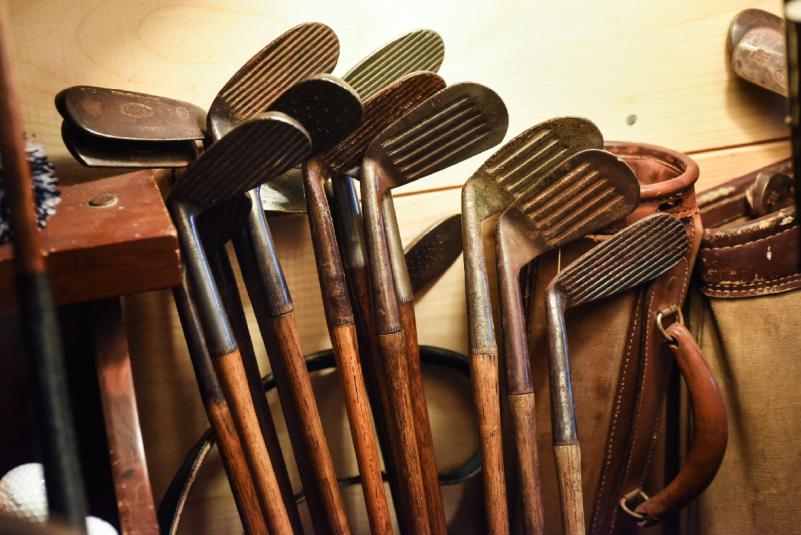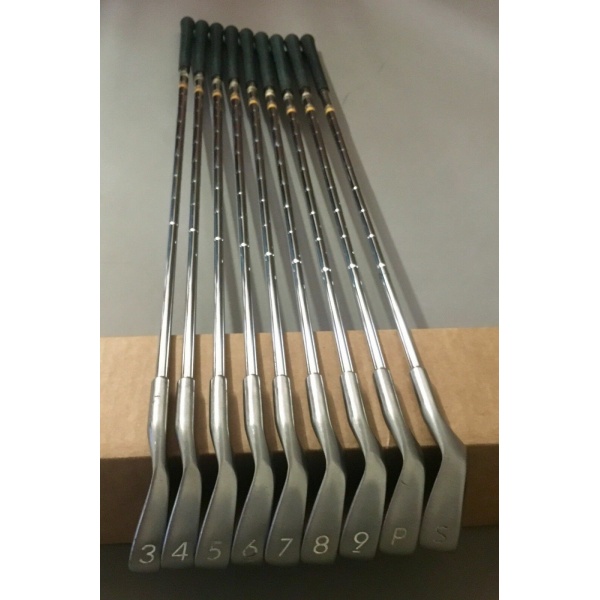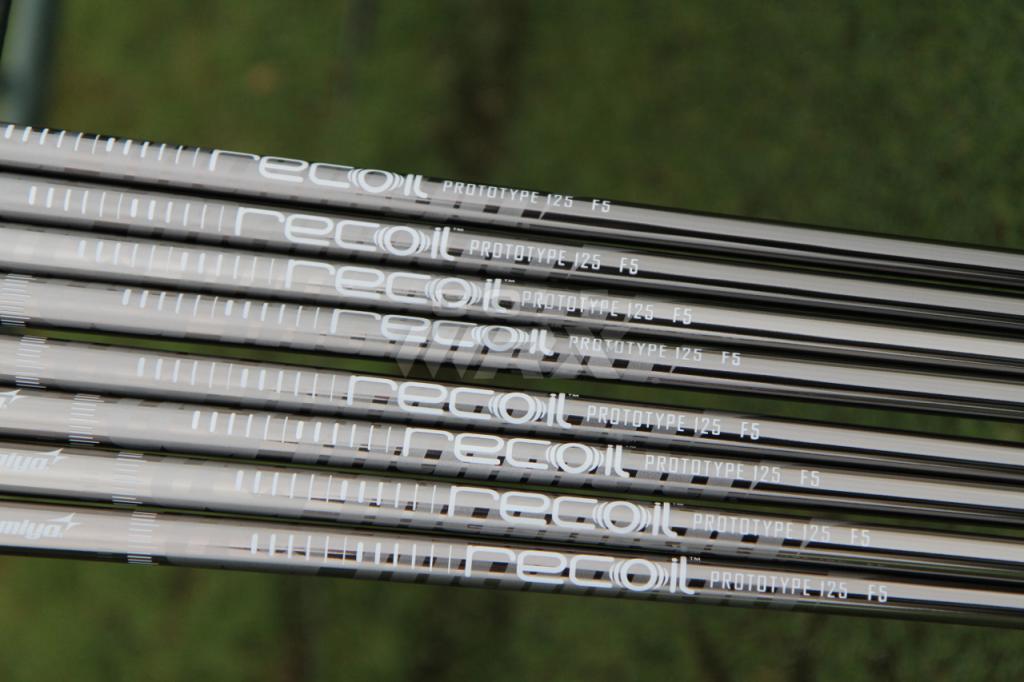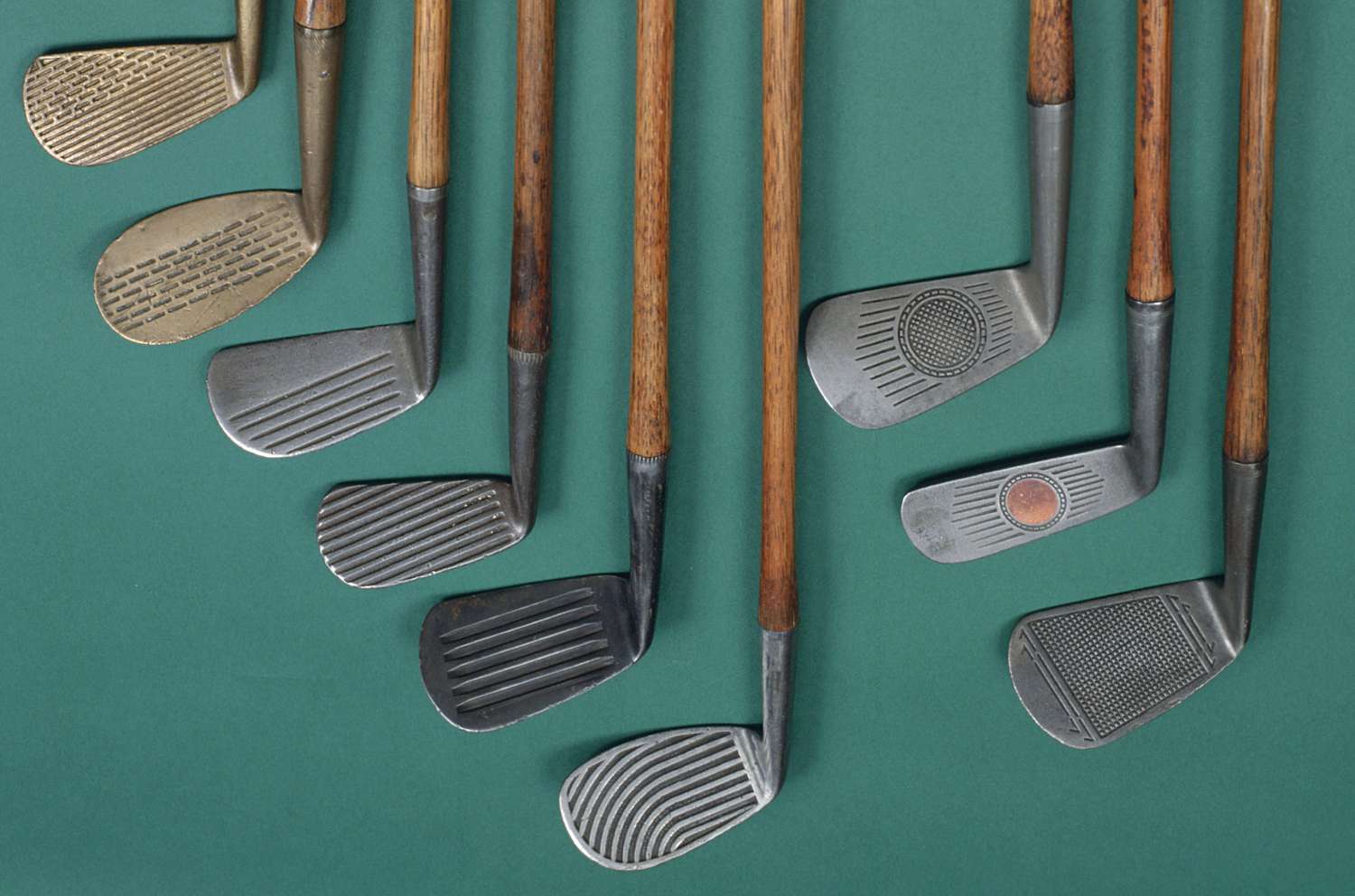The Transition from Hickory to Steel: How Club Materials Revolutionized Golf
Posted by Knicks, Links, & Inks Publishing on Aug 15th 2023
Golf is a sport deeply rooted in tradition, yet it has continuously evolved through innovations in equipment. One of the most significant revolutions in golf history is the transition from hickory-shafted clubs to those made of steel and, later, graphite. This transformation not only altered the design and performance of golf clubs but also fundamentally changed the way the game is played. Here we explore the shift from hickory to steel and graphite clubs and the profound impact these changes have had on golf.
The Era of Hickory: Craftsmanship and Tradition
Before the advent of steel shafts, golf clubs were predominantly made with hickory, a strong and flexible wood. This era, spanning the late 19th and early 20th centuries, was characterized by craftsmanship and a deep connection to traditional methods.
Characteristics of Hickory-Shafted Clubs
- Flexibility and Feel: Hickory shafts were known for their flexibility, which provided a unique feel and feedback. This allowed skilled golfers to shape their shots with precision.
- Craftsmanship: Each hickory club was handcrafted, often by skilled artisans who took great pride in their work. The process was labor-intensive, involving the selection of quality hickory wood, meticulous shaping, and fitting.
- Challenges: Despite their appeal, hickory clubs had limitations. They were prone to warping and breaking, especially in adverse weather conditions. The variability in wood quality also meant inconsistencies in performance.
The Shift to Steel: Strength and Consistency
The introduction of steel shafts in the 1920s marked a turning point in golf. Steel offered several advantages over hickory, leading to widespread adoption and significant changes in the game.
Advantages of Steel Shafts
- Durability: Steel shafts were far more durable than hickory, reducing the risk of breakage and warping. This increased the longevity of clubs and made them more reliable.
- Consistency: The uniformity of steel allowed for more consistent performance across clubs. Manufacturers could produce shafts with precise specifications, ensuring that each club performed as expected.
- Performance: Steel shafts provided a stiffer and more predictable flex, which translated to greater control and accuracy. Golfers could achieve more consistent ball flights and distances.
Key Developments
- Legalization by the USGA: In 1924, the United States Golf Association (USGA) officially legalized the use of steel shafts, paving the way for their widespread adoption.
- Market Acceptance: By the 1930s, steel-shafted clubs had become the standard in golf, with leading manufacturers like Wilson and Spalding producing high-quality steel clubs.
The Graphite Revolution: Lightness and Power
The evolution of golf club materials didn't stop with steel. The 1970s saw the introduction of graphite shafts, which brought new dimensions of performance to the game.
Advantages of Graphite Shafts
- Lightweight: Graphite is significantly lighter than steel, allowing for faster swing speeds and greater distance. This made the game more accessible to a wider range of players, including seniors and women.
- Flexibility: Graphite shafts can be engineered with varying degrees of flexibility, providing options for different swing styles and preferences. This customization helped golfers optimize their performance.
- Vibration Dampening: Graphite shafts absorb vibrations better than steel, reducing the strain on golfers' hands and arms. This made playing more comfortable, especially for those with injuries or joint issues.
Technological Innovations
- Composite Materials: Modern graphite shafts often incorporate advanced composite materials, enhancing their strength and performance characteristics. Innovations in manufacturing processes have led to highly consistent and durable shafts.
- Customization: The versatility of graphite has led to the development of a wide range of shafts tailored to specific needs, from ultra-lightweight options to those designed for maximum control and stability.
Impact on the Game: Changing the Way Golf is Played
The transition from hickory to steel and graphite shafts has had a profound impact on the game of golf, influencing everything from playing styles to equipment design.
Playing Styles
- Increased Distance: The lighter weight and increased flexibility of modern shafts have enabled golfers to generate higher swing speeds, resulting in longer drives and shorter approach shots. This has shifted the focus from finesse to power in many aspects of the game.
- Improved Accuracy: The consistency and stability of steel and graphite shafts have enhanced golfers' ability to control their shots. This has led to more precise ball striking and better performance under pressure.
Equipment Design
- Clubhead Innovations: The development of steel and graphite shafts has gone hand-in-hand with advancements in clubhead design. Modern clubheads are engineered to complement the characteristics of these shafts, resulting in more forgiving and high-performing clubs.
- Customization and Fitting: The availability of a wide range of shaft options has revolutionized club fitting. Golfers can now receive tailored recommendations based on their swing characteristics, optimizing their equipment for maximum performance.
Game Accessibility
- Broader Appeal: The advancements in shaft technology have made the game more accessible to a wider audience. The ability to choose lighter and more forgiving clubs has encouraged more people to take up golf, contributing to the sport's growth. Preserving Tradition: Hickory Golf Today
While modern materials dominate the game, there remains a niche community dedicated to preserving the tradition of hickory golf. Enthusiasts celebrate the craftsmanship and historical significance of hickory-shafted clubs, organizing tournaments and events that honor the sport's early days.
Hickory Golf Associations
- Society of Hickory Golfers: This organization promotes the play of hickory golf, offering resources, events, and a sense of community for enthusiasts. They celebrate the history and artistry of hickory clubs, keeping the tradition alive.
Hickory Tournaments
- Annual Events: Various tournaments and events are held around the world, allowing golfers to experience the challenges and joys of playing with hickory clubs. These events often feature period-appropriate attire and rules, creating an authentic historical experience. Find out more about tournaments with our tournament locator here.
The transition from hickory to steel and graphite shafts has revolutionized the game of golf, transforming it from a sport of craftsmanship and tradition to one of advanced technology and innovation. Each material has brought its unique advantages, shaping the way the game is played and experienced. While modern shafts have enhanced performance and accessibility, the legacy of hickory remains a cherished part of golf's rich history. Whether through the power and precision of steel and graphite or the timeless charm of hickory, the evolution of golf club materials continues to drive the sport forward, honoring its past while embracing the future.





